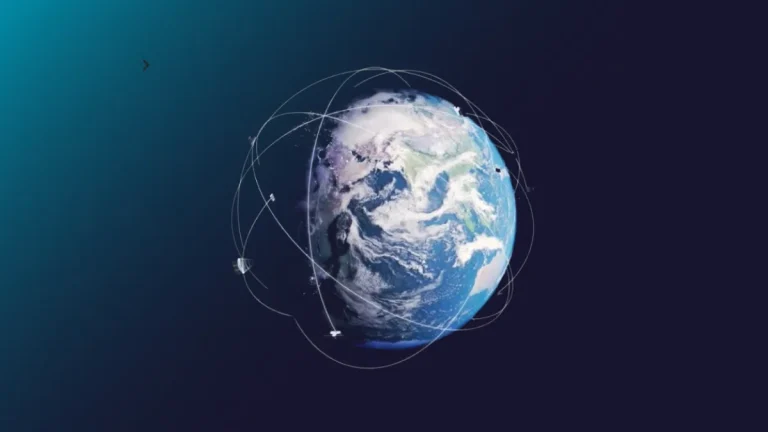Tomorrow.io has unveiled the next iteration of its proprietary weather forecasting platform, NextGen, powered by the company’s core modeling capabilities, initial satellite data and generative AI.
With performance improvements of 30% against existing models, NextGen has been designed to improve decision making in weather-impacted sectors for business and government. Tomorrow.io’s full constellation deployment, continuing in early 2024, aims to increase NextGen’s forecasting precision. The company says that while advancements in AI and deep learning are pushing the weather and climate industry into new territories, the data sets behind the models are the core differentiator, with radar data from space being the standalone most critical component.
“NextGen is incredibly impactful for the industry as we are now running our unified precipitation nowcast with satellite data, and both CONUS with 3km resolution and global 1F (1 Forecast) with 9km resolution models,” said Arun Chawla, chief weather officer at Tomorrow.io. “With our probabilistic decision tools, users will now have access to complementing data alongside NWS forecast data to better communicate forecast uncertainties before and during weather events.”
Aside from improving forecast accuracy, NextGen builds on Tomorrow.io’s core platform with breakthrough probabilistic forecasting capabilities and advanced thunderstorm analytics. The probabilistic suite leverages advanced ensemble modeling to quantify the likelihood of different scenarios, improving decision making amid uncertainties. Advanced thunderstorm analytics provides hourly storm probability forecasts and detailed severity forecasts to deliver actionable intelligence on tornado, wind, hail and flood threats up to 14 days out. Together, these capabilities give operators advanced predictive intelligence with hyper-local accuracy to inform high stakes decisions.
“NextGen’s combined capabilities and accuracy improvements provide the predictive intelligence needed to stay ahead of weather in today’s rapidly evolving climate,” said Dan Slagen, chief marketing officer at Tomorrow.io. “From the recent nuance of surprise hurricanes to day-to-day impacts, NextGen allows organizations to protect their most valuable assets and ensure resilience against the daily risk of operational disruption from the weather.”
The launch of NextGen comes on the heels of Tomorrow.io’s initial precipitation scans from its first two satellites equipped with Ka-band radar, launched via SpaceX Falcon 9 rockets earlier this year. The company plans to launch an additional 28 satellites and microwave sounders starting in early 2024 to fulfill its mission of helping every business and country in the world improve early warning system capabilities. Until now, the only orbiting radars able to scan clouds to see the precipitation within them had been large and expensive spacecraft developed by NASA and JAXA (Japan’s space agency).
For more key weather instruments updates from the meteorological technology industry, click here.



